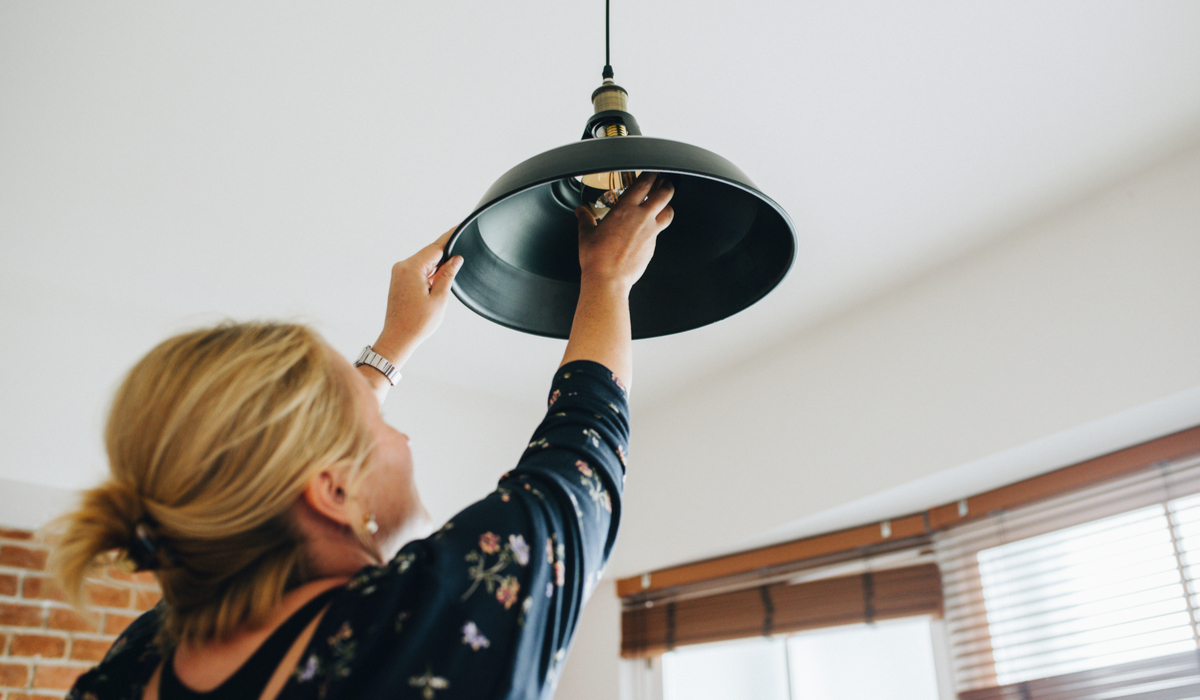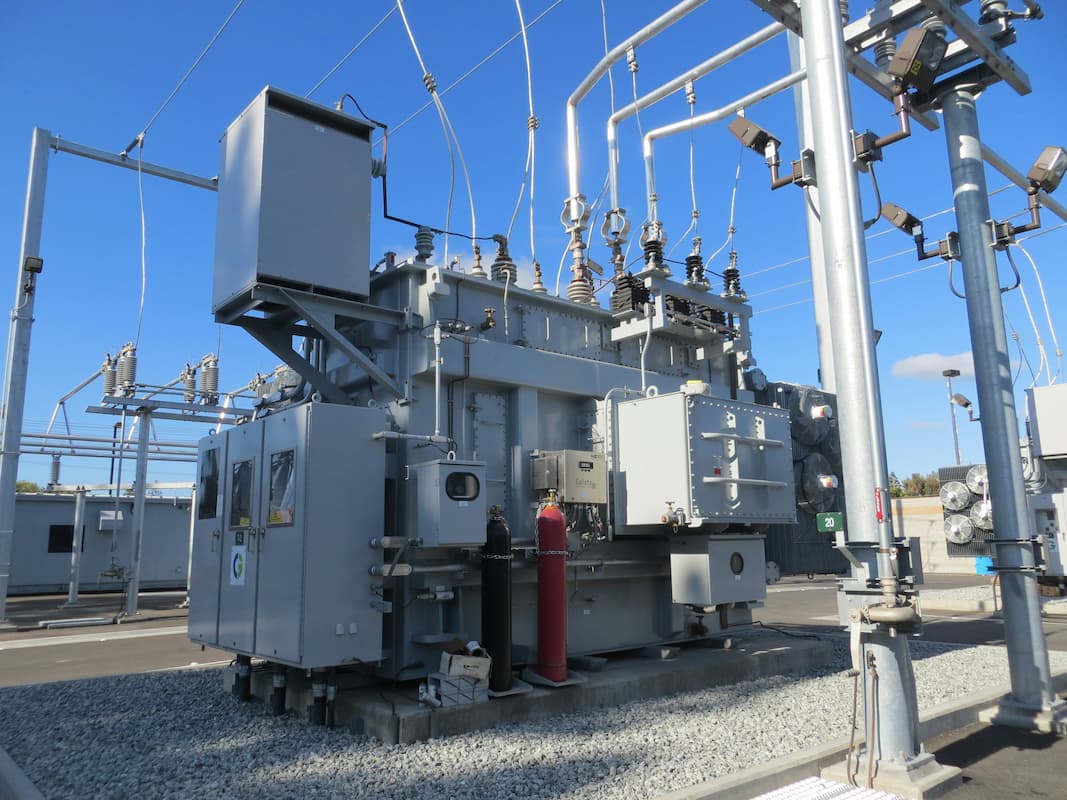See How Much $ You Can Save and Join Our Summer Energy Challenge
Let's Save Energy
Alliance to Save Energy's Blog

12 weeks, 12 tips, 12 ways to save.
Summer promises beach days, barbeques, banana splits, and … bigger energy bills. Huh? As temperatures rise, the digits on monthly energy bills tend to follow as we crank up the A.C. and dig out the fans. But there are a number of energy-efficient behaviors, technologies, and programs available that offer simple ways to keep down your energy expenses – while also being kind to the planet. Join the Alliance to Save Energy’s summer energy challenge to see how much you can save.
For the next 12 weeks (June 8 through August 27), challenge yourself to try each of the 12 energy-saving tips below. In “Easy EE” June, tips will focus on simple behavior changes anyone can try. In “Intermediate Investment” July, we’ll share quick purchases you can make to guarantee long-term savings. And in “Efficiency Expert” August, we’ll offer ways to take your home’s efficiency to the next level (with some more straightforward options for those unable to invest at this time). Bookmark this blog to remember each week’s challenge – or follow the Alliance’s Twitter and Facebook for weekly reminders on #TipTuesday. Each month, check your utility bill to see the outcome of your efforts – and let us know how much you saved by tweeting #SummerEnergyChallenge to @ToSaveEnergy. Happy savings!
“Easy EE” June
1. Week One: Lights, camera, action
Let’s kick off week one with something we all know we should do – but too often forget. Every day this week, turn out all the lights when you leave a room or leave your home. Turning off five 60-watt incandescent bulbs in your home for eight hours each day can save more than $100 per year.
2. Week Two: Save while you shower
Pumping, purifying, and heating water uses a lot of energy, so you can do double-duty and save two resources at once by being more conscious about your water use. This is especially true for showers, one of the largest drags on hot water heaters – which account for about 17% of home electricity use. During week two, try timing how long your average shower lasts. Then, for the rest of the week, see if you can shorten it by two minutes. Those minutes will add up: because each minute of showering uses about 2.5 gallons of waters, two minutes a day is close to 1,000 gallons saved each year.
3. Week Three: Be a top-notch traveler
It costs most households around $2,000 each year to keep their car’s gas tank full. If you have a gas-powered car, this week try out some simply driving techniques that will make fuel go further: avoid rapid acceleration and braking, follow the speed limit, and turn off your car rather than idling – it only takes 10 seconds worth of fuel to restart your vehicle. These tips can improve your mileage by as much as 40%. And as always, remember to use a more efficient mode of travel when possible – such as public transit – or enjoy the summer weather by biking or walking to nearby locations. The EPA has found that if Americans chose to walk instead of drive for just half our car trips under one mile, the cumulative savings would be $575 million in fuel costs and 2 million metric tons of CO2 emissions per year – the equivalent of taking 400,000 cars off the road.
4. Week four: Dial it down
The closer your thermostat is to the outside temperature, the lower your energy bills will be. By turning your thermostat up for eight hours a day 7°-10°F from your go-to setting, you can save as much as 10% a year on HVAC costs. Since it can be hard to forgo the A.C. when it’s hot outside, this week, try making these adjustments each night and whenever you’ll be out of the house for a few hours at a time.
“Intermediate Investment” July
5. Week five: Start month two on another “light note”
Congrats! You’ve made it to month two of the summer energy challenge. For your first “intermediate investment,” identify the three lights that you use the most in your home, and switch them out for LEDs. LED lights use about 75% less energy than incandescent bulbs, making them the ultimate low-cost, high-return efficiency purchase.
Pro tip: Check your local utility website to see if they offer incentives or rebates for energy-efficient purchases. Some utilities even operate marketplaces with discounted efficient products, or host giveaways with free items.
6. Week six: Window dressing
Another affordable purchase that will quickly recuperate cost through energy savings is caulk and weatherstripping for windows. As much as one third of heat loss occurs through windows and doors, so set aside a few minutes for a DIY project this week and close up any leaks with your choice of sealing solution.
7. Week seven: Water week
As you learned in June, saving water means saving energy. Take things to the next level this month by switching out your showerhead for one certified by EPA WaterSense. If everyone in the U.S. did this, we would collectively save $2.2 billion on water bills, $2.6 billion on energy bills, and 260 billion gallons of water each year.
Pro tip: Are you a renter? No problem! Most of these intermediate investments are renter-friendly. You can take an advanced power strip with you when you move, use temporary caulking that can be pealed off when no longer needed, and most landlords won’t mind tenants switching out lightbulbs or showerheads (but make sure to double check – and who knows, they may even offer you compensation!).
8. Week eight: Power on purposefully
Did you know that many of your electronics drain power from the wall even when they’re turned off? Keep these “vampires” in check with an advanced power strip, which automatically turns off the power supply to devices not in use. With models selling for as low as $10, these power strips can save up to $200 a year.
“Efficiency expert” August
9. Week nine: Early August audit
You’ve built some efficient habits and invested in basic household items that will quickly pay back with energy savings. Now it’s time to take things to the next level: start “Efficiency Expert” August by scheduling a home energy audit to determine where your home is using the most energy. While professional audits can cost several hundred dollars, they will identify the highest impact steps you can take to permanently reduce your energy costs. Many utilities also offer discounts, and you can find a trusted provide through an ENERGY STAR search tool.
Low-cost option: Try a DIY home energy audit with tips from the Department of Energy.
10. Week ten: Cool down the smart way
We learned tips in June on how to adjust your thermostat to save energy, but what if you never had to touch the dial again? A smart thermostat can be programmed with your customized heating and cooling schedule, and even detect occupancy to conserve energy when you’re absent. This week, take two steps: 1) research if a smart thermostat is right for your home, and 2) look into whether your utility offers a demand response program for smart devices. Dozens of utilities in the U.S. offer programs that automatically adjust smart thermostats during peak demand events to prevent blackouts – and offer customers incentives to participate.
Low-cost option: If a smart thermostat if out of your price range and incentives aren’t available, see if your thermostat can be programmed with your preferred cooling schedule – it doesn’t have to be a smart device to save you money.
11. Week eleven: Weatherize for winter
It may feel like those long summer nights will never end, but before we know it, days will be cooling down again. Get ahead of the curve by weatherizing your home this week. Particularly if your home audit found insulation to be a major concern, consider hiring a professional contractor to improve the building envelope. But even setting aside a few weekend hours to layer new insulation in your attic, around your water heater, and in your basement or crawl space can have a major impact. In fact, ENERGY STAR finds you can knock 10% off of your entire annual energy bills with these improvements. Check out ENERGY STAR’s tips to get started.
Low-cost option: A precut “blanket” for your water heater can save up to 16% of your water heating bill for under $30.
12. Week twelve: Stay in the know on your home
Over the past three months, we hope you’ve seen improvement in the performance of your home. One great way to track progress of your efficiency journey is with a Home Energy Management System, which is installed into a home electrical panel to monitor your home’s energy use and provide you with updates on the best opportunities to reduce energy waste. Knowledge is power: studies show that staying on top of home energy use with a HEMS can save up to 12% on energy bills.
Low-cost option: Set a goal to write down your home energy consumption off your utility bill each month going forward – and keep an eye on how it changes month by month, year over year. Even without a HEMs system, making a conscious choice to watch how much you use can encourage you to keep the momentum going.
We hope this energy challenge helps your family save – not just this summer but for years to come. Remember to let us know the results by tweeting #SummerEnergyChallenge at @ToSaveEnergy!
RECENT BLOG POSTS
STAY EMPOWERED
Help the Alliance advocate for policies to use energy more efficiently – supporting job creation, reduced emissions, and lower costs. Contact your member of Congress.
Energy efficiency is smart, nonpartisan, and practical. So are we. Our strength comes from an unparalleled group of Alliance Associates working collaboratively under the Alliance umbrella to pave the way for energy efficiency gains.
The power of efficiency is in your hands. Supporting the Alliance means supporting a vision for using energy more productively to achieve economic growth, a cleaner environment, and greater energy security, affordability, and reliability.



